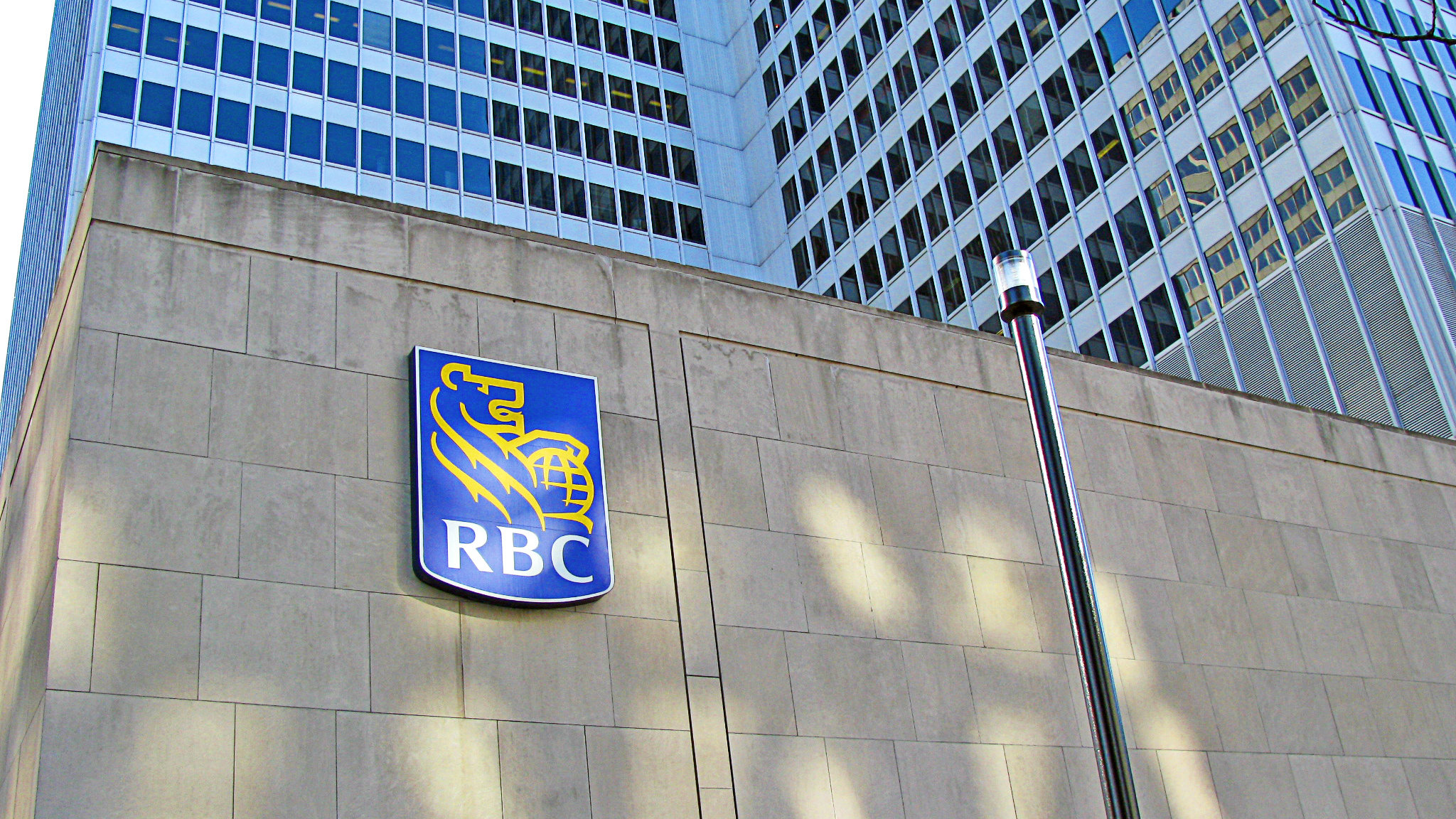Canadian savers are searching for reliable companies to hold inside their self-directed RRSP portfolios.
Let’s take a look at Royal Bank of Canada (TSX:RY)(NYSE:RY) to see if it deserves to be on your buy list.
Earnings
Royal Bank generated $2.8 billion in profits in fiscal Q3 2017. That’s a serious pile of money for just three months of work!
The secret lies in the company’s balanced revenue stream. Royal Bank has strong personal and commercial banking, wealth management, and capital markets operations. It also has an insurance division, although that group is now smaller after a disposition last year.
The Canadian banking business is performing well and generated net income of $1.349 billion in the quarter, which was 5% higher than the same period in 2016.
Caribbean and U.S. banking operations added $50 million.
The wealth management group had a strong three months, contributing net income of $486 million, representing a 25% increase year over year.
Royal Bank spent US$5 billion in late 2015 to acquire private and commercial bank City National, which is based in California. The business helped push U.S. wealth management revenue up 16%.
For fiscal Q3 2017 the capital markets group delivered net income of $611 million, which was down 4% compared to Q3 last year. Capital markets activities tend to be more volatile than the other segments and profits can fluctuate significantly from quarter to quarter.
Overall, Royal Bank continues to post impressive results.
Dividends
Royal Bank has a strong track record of dividend growth. The company just raised the quarterly payout by 5% to $0.91 per share, which is good for an annualized yield of 3.9%.
Risks
Some investors are concerned that rising interest rates will cause a crash in the housing market and hammer the Canadian banks. A total meltdown would certainly be negative, but most analysts expect a gradual reduction in house prices.
Royal Bank’s mortgage portfolio was $251 billion at the end of the latest quarter. Insured mortgages represented 46% of the loans, and the average loan-to-value ratio on the uninsured loans was 49%. This means house prices would have to fall considerably before the bank takes a material hit.
Royal Bank has a strong capital position, with a Common Equity Tier 1 (CET1) ratio of 10.9%.
Rising interest rates tend to be positive for the banks, so there is a chance some of the recent fear in the market might be a bit overblown.
Should you buy?
At 12.9 times trailing earnings, Royal Bank isn’t cheap, but if you are searching for a reliable market leader to buy today and hold in your RRSP for a decade or two, the company should deliver solid returns.







